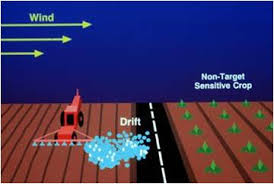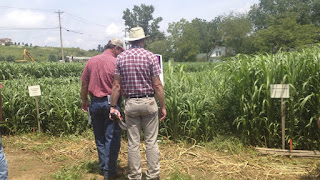Today was my last day as the Carroll County Extension intern. It was very bittersweet. I have had such an amazing summer, and I know that I am going to miss each and every one at the office. We had such great times and experiences, and I am so thankful to have had the opportunity to intern here. Not only have I learned more about what Extension is and what all it does for the community, but I have gained so much knowledge about the diversity of agriculture, particularly in Carroll County and the surrounding region.
I spent my last day with Extension taking a ServSafe course. Sandy Stoneman, the food safety Extension agent, came and taught the course. Afterwards, I attended the Carroll County Board of Supervisors meeting to give a presentation on my experience in Extension. Virginia Cooperative Extension is partly funded by local government, and the Carroll Board of Supervisors graciously provided part of the funds to pay for my internship. Though my presentation went very well, I was sad afterwards that my summer with Extension was coming to a close.
The 2015 Virginia Cooperative Extension Summer Internship was one of the greatest experiences of my educational career. I was able to further increase my knowledge of agriculture and it’s importance locally and statewide. I gained understanding in extension’s role in relaying information to growers and producers to maximize profits. Through working with community members I have built relationships and fell even more in love with this community and the agriculture that binds us together. I am so thankful to have had this opportunity, and I hope to be able to bring what I have learned this summer and in my experience at Virginia Tech back to Carroll County in the future.


























